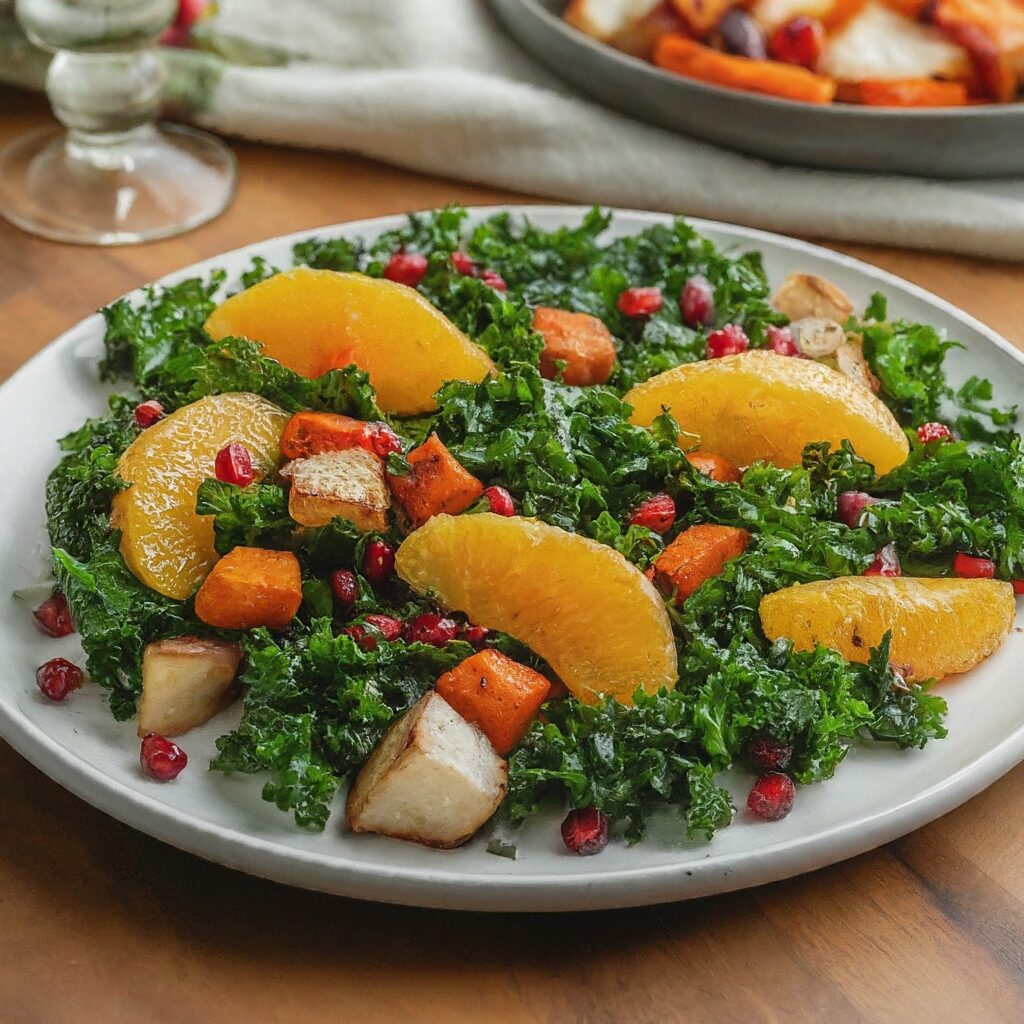Importance of Seasonal Cooking
Seasonal cooking is all about using ingredients that are harvested at their peak, which not only ensures better flavor and nutrition but also supports local farmers and reduces the carbon footprint associated with transporting out-of-season produce. By aligning our cooking with the natural rhythms of the earth, we can enjoy fresher, more vibrant meals that reflect the best of what each season has to offer.

Seasonal Produce Guide for Each Season
Spring:
- Fruits: Strawberries, apricots, cherries
- Vegetables: Asparagus, peas, radishes, artichokes
- Herbs: Mint, chives, dill

Summer:
- Fruits: Peaches, berries, watermelon, tomatoes
- Vegetables: Corn, zucchini, bell peppers, cucumbers
- Herbs: Basil, oregano, thyme

Fall:
- Fruits: Apples, pears, grapes, figs
- Vegetables: Pumpkins, sweet potatoes, Brussels sprouts, carrots
- Herbs: Sage, rosemary, parsley

Winter:
- Fruits: Oranges, grapefruits, pomegranates
- Vegetables: Kale, leeks, turnips, butternut squash
- Herbs: Thyme, rosemary, bay leaves

Recipes Highlighting Seasonal Ingredients
Spring:
- Asparagus and Pea Risotto: Fresh asparagus and peas cooked in a creamy risotto, topped with mint and lemon zest.
- Strawberry Spinach Salad: Baby spinach leaves with sliced strawberries, almonds, and a balsamic vinaigrette.

Summer:
- Grilled Corn and Zucchini Salad: Grilled corn and zucchini tossed with cherry tomatoes, basil, and a light lime dressing.
- Peach and Berry Crisp: A delightful dessert with fresh peaches and berries topped with a crumbly oat mixture.

Fall:
- Butternut Squash Soup: A creamy soup made from roasted butternut squash, apples, and a hint of sage.
- Apple and Walnut Salad: Mixed greens with sliced apples, toasted walnuts, and a honey mustard dressing.

Winter:
- Citrus and Kale Salad: Chopped kale with orange segments, pomegranate seeds, and a tangy citrus dressing.
- Roasted Root Vegetables: A medley of carrots, parsnips, and turnips roasted with thyme and olive oil.

Benefits of Eating Seasonally
- Better Taste and Nutrition: Seasonal produce is picked at its peak ripeness, resulting in better flavor and higher nutritional value.
- Environmental Sustainability: Eating seasonally reduces the need for long-distance transportation and lowers greenhouse gas emissions.
- Support for Local Farmers: Purchasing seasonal produce often means buying from local farmers, boosting the local economy.
- Variety and Diversity: Seasonal eating encourages a varied diet, introducing new and diverse foods throughout the year.
- Cost-Effective: Seasonal produce is often less expensive due to the abundance of supply during its peak season.
Tips for Finding Seasonal Produce
- Visit Farmers’ Markets: Local farmers’ markets are great places to find fresh, seasonal produce directly from the growers.
- Join a CSA (Community Supported Agriculture): Subscribing to a CSA program ensures a regular supply of seasonal fruits and vegetables.
- Shop Local: Support local grocery stores that stock produce from nearby farms.
- Learn What’s in Season: Educate yourself about the seasonal produce in your region to make informed choices.
- Grow Your Own: If possible, start a small garden to grow your own seasonal vegetables and herbs.
Cooking with seasonal ingredients not only enhances the flavor and nutritional value of your meals but also promotes sustainability and supports local communities. By embracing the bounty of each season, you can enjoy a diverse and delicious array of dishes that celebrate the natural rhythms of the earth.
